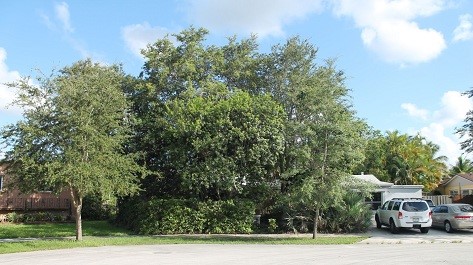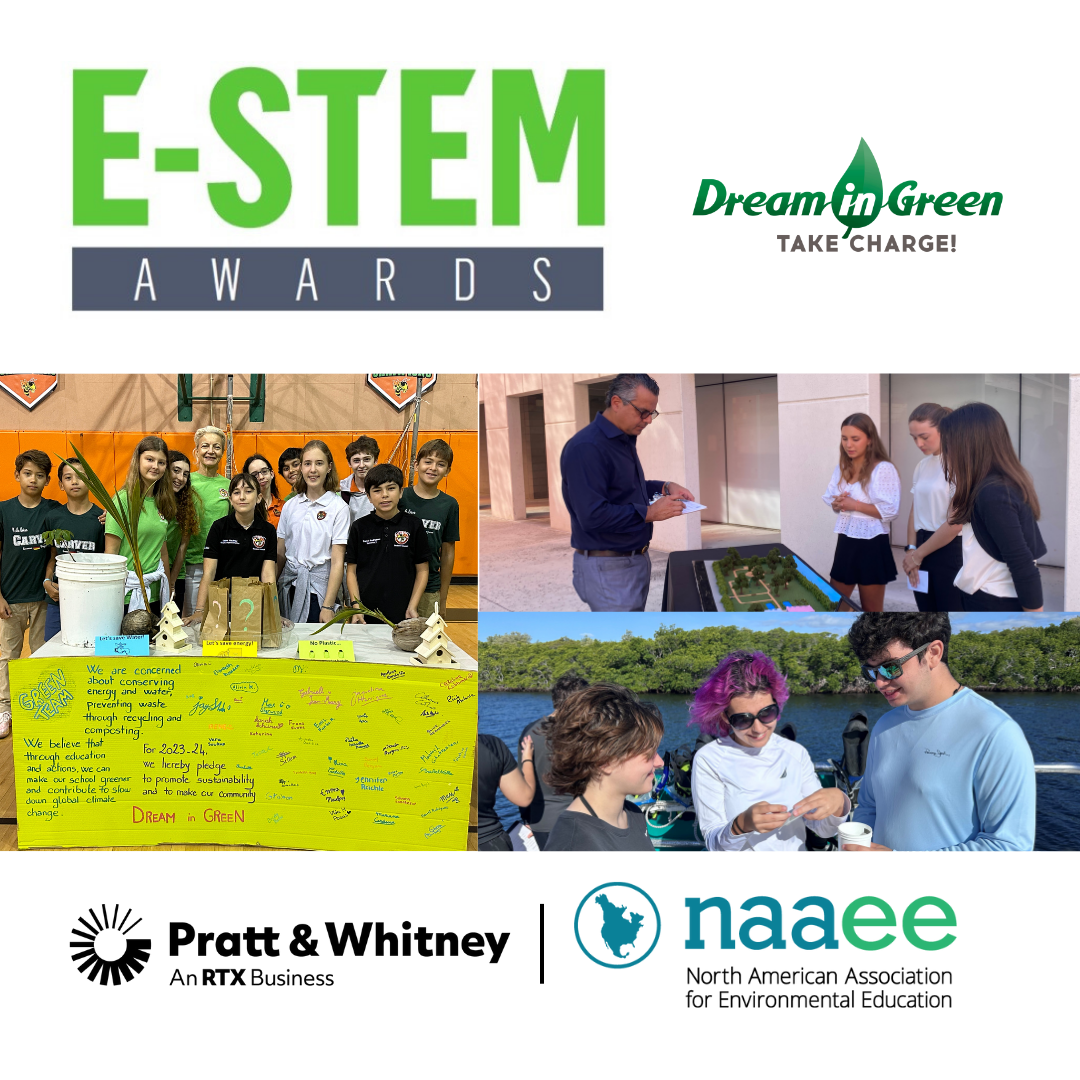Incorporating plants into building design, particularly plants which are native or survive well in local environments, is one of the essential tenets of green building. Using plants helps to purify air in and around buildings, reduce energy use by shading, and to reduce runoff through the planting of swales and rain gardens. Using plants that are well suited for a particular environment helps reduce the need for irrigation, pesticides, and fertilizers. Using the right plants can also be aesthetically pleasing and attract desirable wildlife such as birds and butterflies. Maintaining green space, utilizing plants, and even habitat conservation can all earn you points towards your LEED certification.
At the Institute for Regional Conservation we challenge you to think beyond the environmental benefits of using plants in building design to the ecological and conservation benefits of using regionally native and strategically selected native plants. Our online tool – Natives for Your Neighborhood – allows you to choose plants by county, zip code, or habitat to get plants that are not only native to the state, but which have historically been found in the specific region where you live. Choosing plants in this way will provide all of the environmental benefits discussed above, but will also enhance conservation benefits.
What are the conservation benefits of using regionally native plants?
- The Institute for Regional Conservation has determined over the course of two decades of study and management of natural areas in South Florida that the existing conservation areas are not enough to protect all plant species. Creating natural habitat outside of natural areas – such in neighborhood landscapes, corporate parks, medians, swales, and public spaces – will provide more habitat for native species and allow for more complete protection.
- Choosing plants in associations that would be found in nature better imitates natural habitats and provides opportunity for biodiversity protection and more food and shelter for wildlife.
- Using regionally native plants enhances regional biodiversity and creates connectivity within the landscape between natural areas. This will allow for the natural movement and adaptation of plants and animals and increase the resiliency of the region to environmental changes such as sea level rise, saltwater intrusion, and climate change.
- Choosing regionally native plants will provide the opportunity to take the landscaping one step further and restore habitats and focus specifically on rare or threatened species.
How do you use regionally native plants in your green building design? Once you have a general plan of where and what form (grasses, shrubs, trees, etc) of plants you will use, go to Natives for Your Neighborhood to choose specific plants. Start by entering in your zip code. You can then search within those results by specific characteristics, such as shade tolerance, size, or wildlife benefits. You can also filter the main list into lists by habitats.
Use your green building project to benefit the ecology and biodiversity of your region, not just the physical environment. Use every opportunity to incorporate native plants for the benefit of your urban ecosystems! Natives for Your Neighborhood and IRC are here to help!

A Tropical Hardwood Hammock restored in place of a lawn in a home in Miami-Dade County. This photo was taken approximately 20 years after the restoration was initially installed by IRC Chief Conservation Strategist, George Gann.

An example of using native plants and ecosystems in urban planning, the MPath Park envisioned by Urban Paradise Guild and being made real through the Miami Foundation Public Space Challenge incorporates habitat restoration and native gardens to create connectivity for the plants and wildlife as well as the human population of Miami






